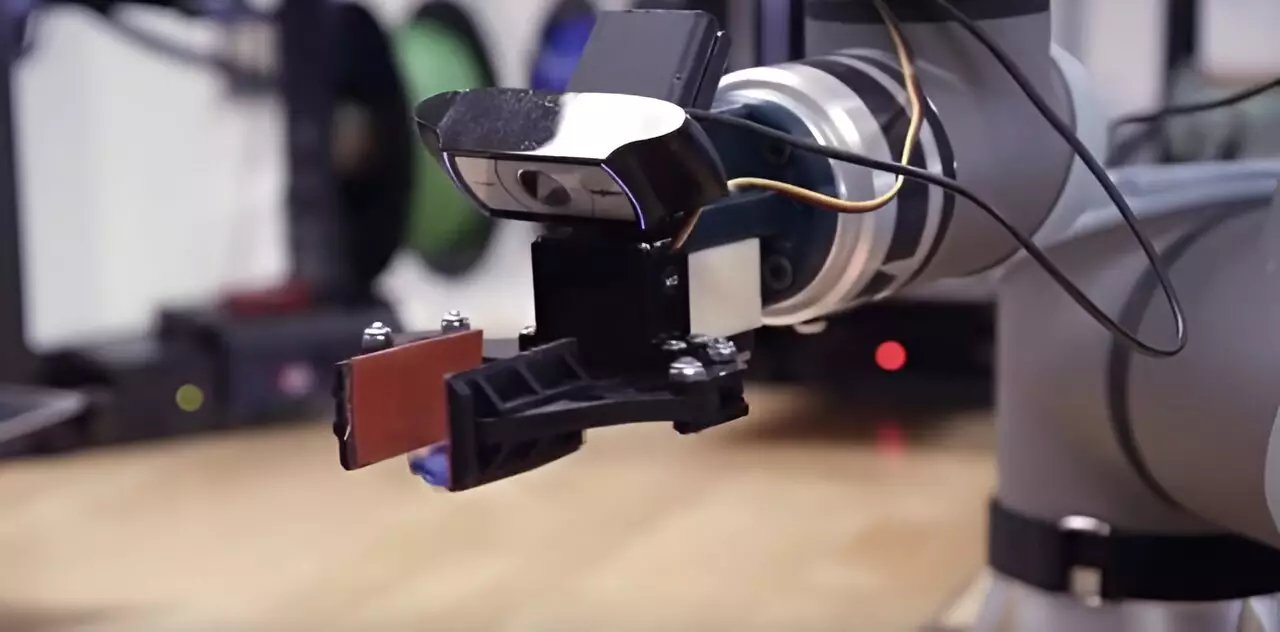A robot arm in Boston University’s College of Engineering has been conducting groundbreaking experiments on robot autonomy. This robot, named MAMA BEAR, has been tirelessly working on creating the most energy-absorbing structure through a series of creative experiments. The robot uses a 3D printer to create small plastic objects, tests them under pressure equivalent to an adult Arabian horse standing on a quarter, and records every detail in a vast database.
The robot arm, MAMA BEAR, has evolved remarkably since its conceptualization in 2018. Led by Keith Brown, an ENG associate professor of mechanical engineering, and his team in the KABlab, this robot is on a mission to create a shape that absorbs the most energy efficiently. Over the years, MAMA BEAR has filled dozens of boxes with more than 25,000 3D-printed structures, each one slightly altered based on past experiments and a computer algorithm driven by Bayesian optimization.
Through relentless experimentation, MAMA BEAR has achieved new heights in mechanical energy absorption efficiency. While the best structure previously observed could absorb about 71% of the energy, MAMA BEAR shattered records by hitting 75% efficiency on a chilly January afternoon in 2023. This remarkable achievement has been published in Nature Communications, showcasing the impact of MAMA BEAR’s work in the field of robot autonomy and mechanical engineering.
The data and learnings derived from MAMA BEAR’s experiments are not confined to the lab. The record-breaking structure designed by the robot is being used to inform the design of new helmet padding for US Army soldiers. Collaborating with project partner Emily Whiting, a BU College of Arts & Sciences associate professor of computer science, the team worked closely with the US Army to field-test the patent-pending padding for comfort and impact protection.
While MAMA BEAR has already made significant strides in breaking records and applying its learnings in real-world scenarios, this is just the beginning. Keith Brown and his team are determined to continue collaborating with scientists across various fields to push the boundaries of what autonomous research can achieve. With other “BEAR” robots like nano BEAR and PANDA BEAR contributing to different research areas, the possibilities of machine learning and automation in advancing research are endless.
Despite breaking records and achieving substantial milestones, the journey of MAMA BEAR and the KABlab team is far from over. Keith Brown emphasizes the importance of continuous experimentation and the potential for further breakthroughs in efficiency. The team is exploring ways to recycle the more than 25,000 crushed pieces created by MAMA BEAR to fuel further experiments and discoveries. The quest for efficiency continues, with the robot arm poised to break more records and uncover new applications for its vast database of learnings.


Leave a Reply